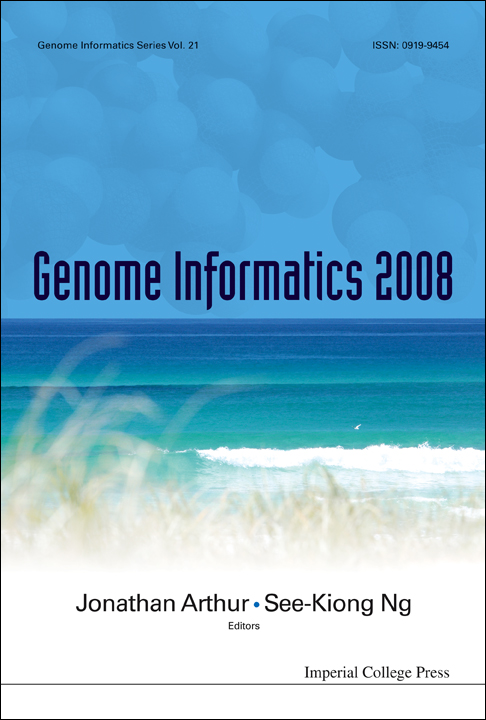SIMULATION ANALYSIS FOR THE EFFECT OF LIGHT-DARK CYCLE ON THE ENTRAINMENT IN CIRCADIAN RHYTHM
Circadian rhythms of the living organisms are 24hr oscillations found in behavior, biochemistry and physiology. Under constant conditions, the rhythms continue with their intrinsic period length, which are rarely exact 24hr. In this paper, we examine the effects of light on the phase of the gene expression rhythms derived from the interacting feedback network of a few clock genes, taking advantage of a computer simulation with Cell Illustrator. The simulation results suggested that the interacting circadian feedback network at the molecular level is essential for phase dependence of the light effects, observed in mammalian behavior. Furthermore, the simulation reproduced the biological observations that the range of entrainment to shorter or longer than 24hr light-dark cycles is limited, centering around 24hr. Application of our model to inter-time zone flight successfully demonstrated that 6 to 7 days are required to recover from jet lag when traveling from Tokyo to New York.



